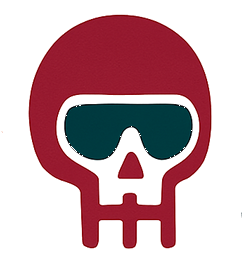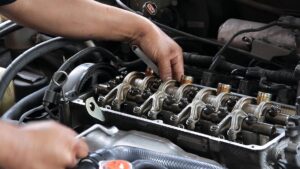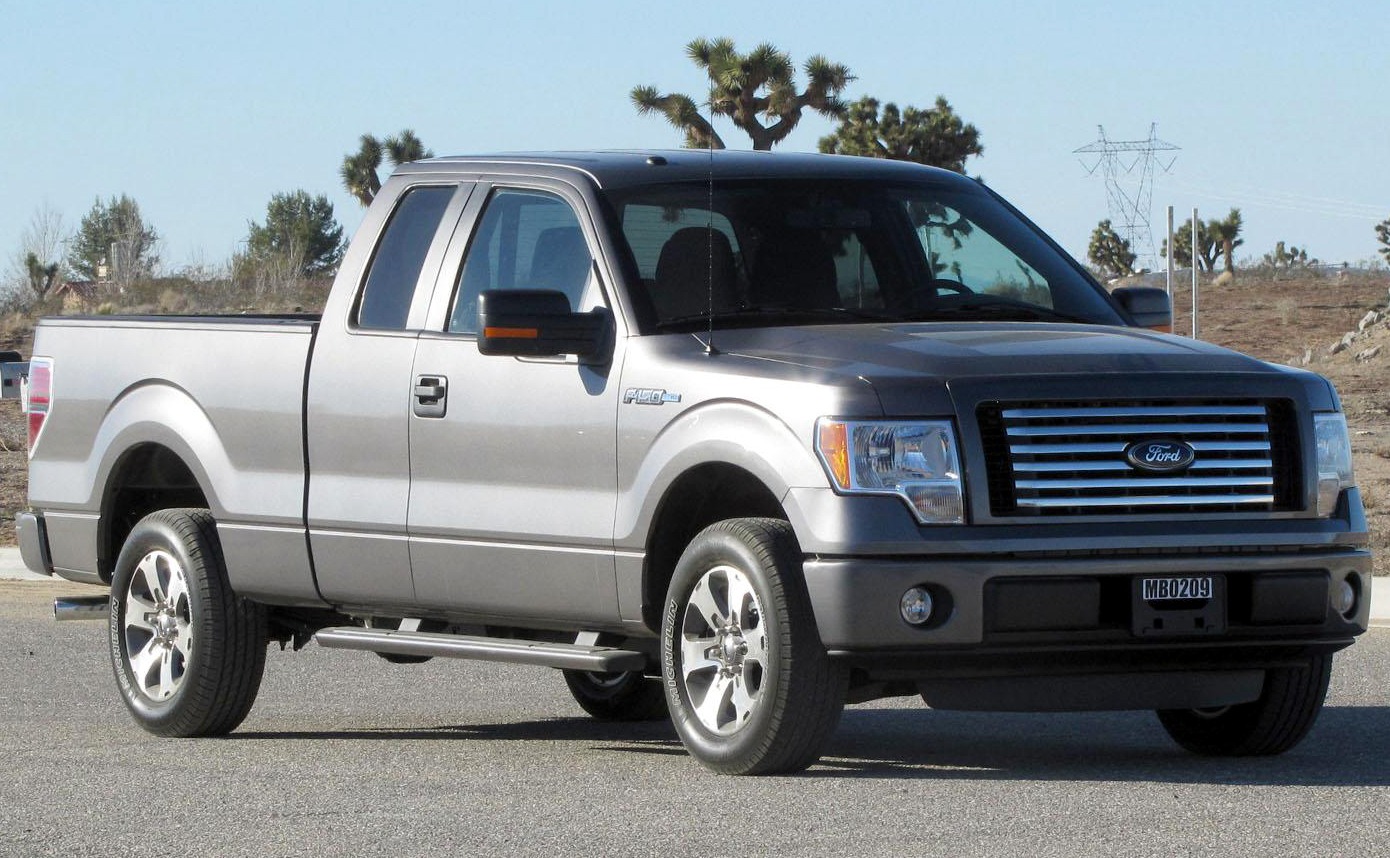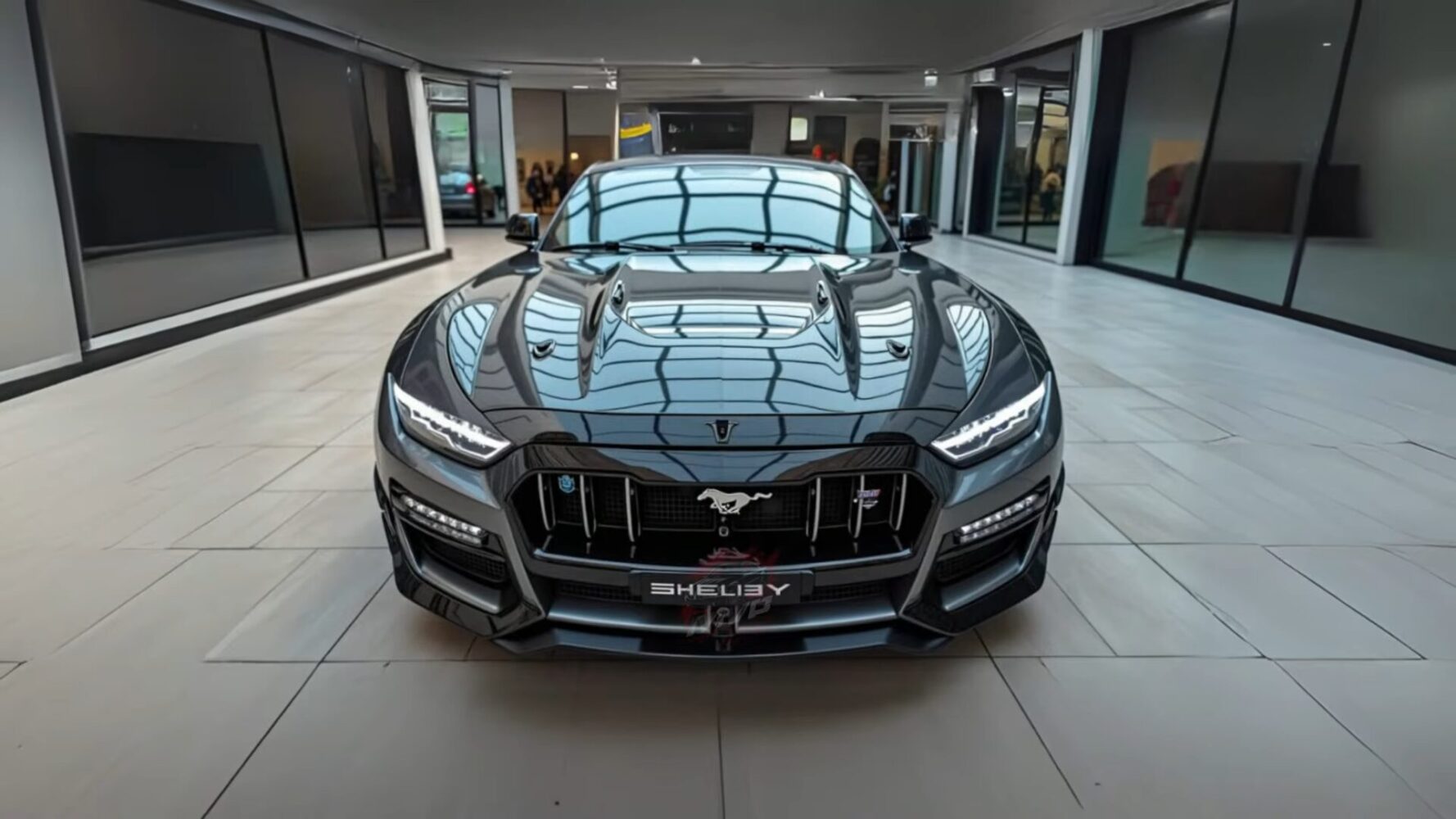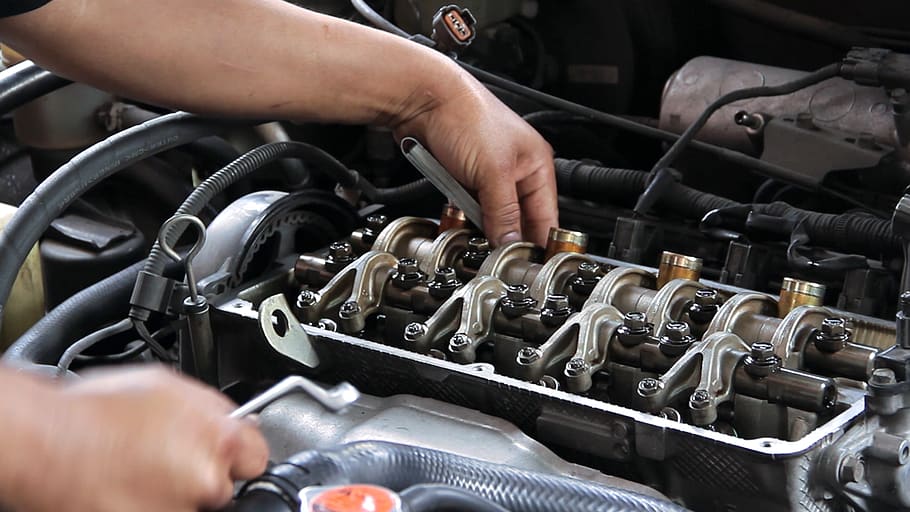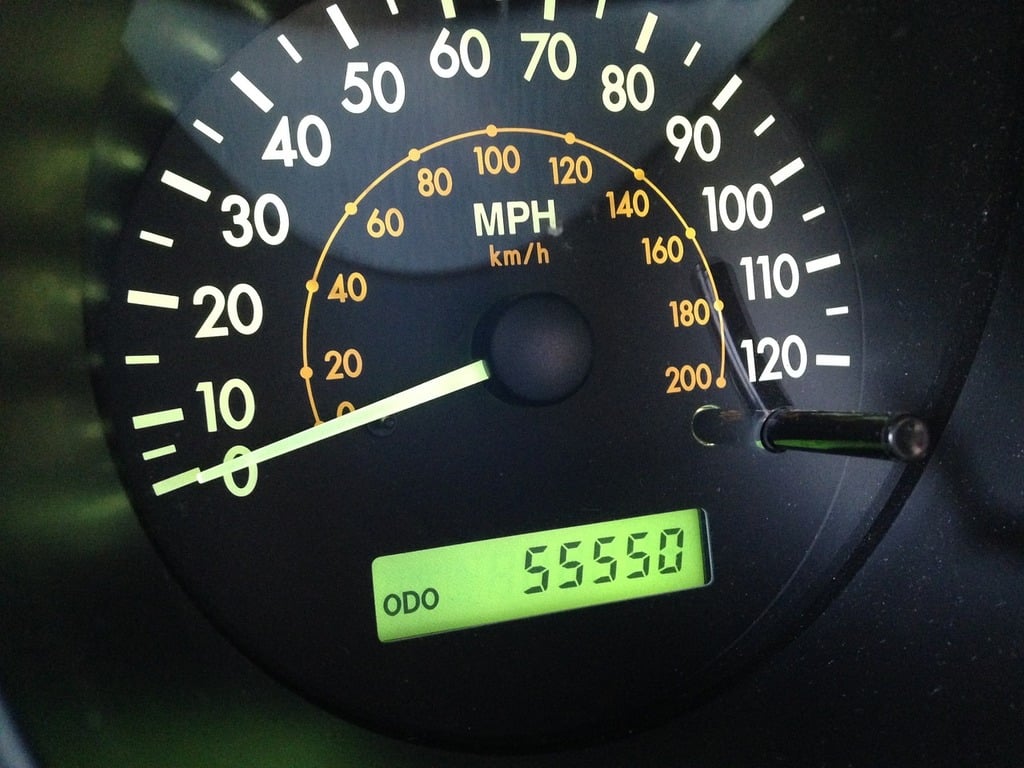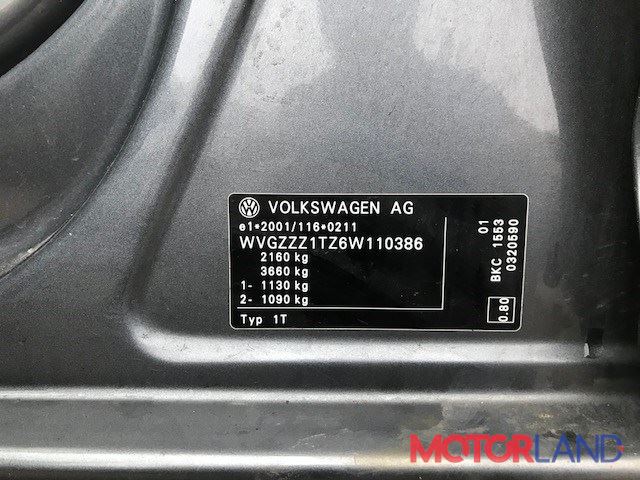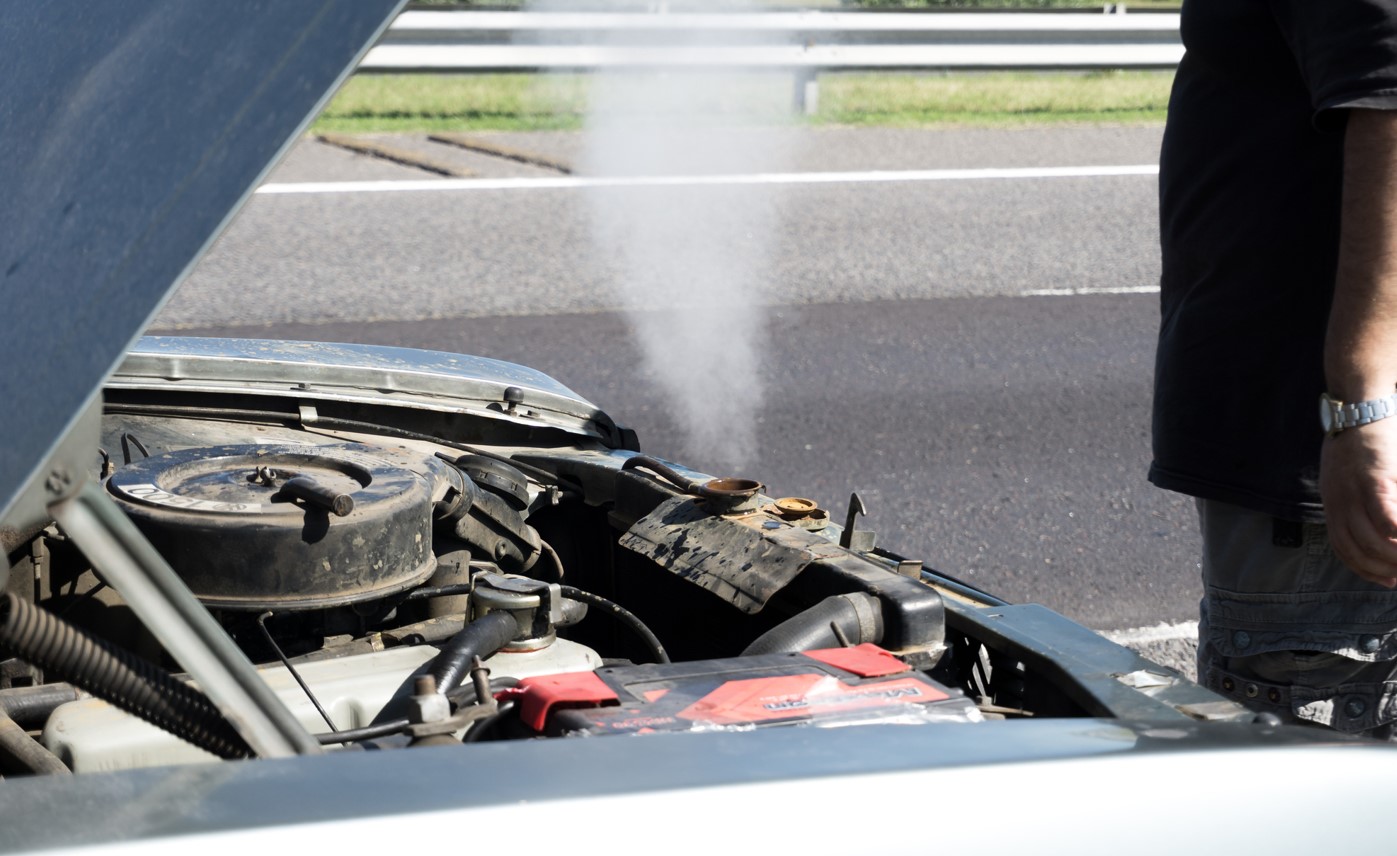So, you’re thinking about ditching those stock seats for something a little more…you. Maybe you’re craving the bolstering of a racing seat, the comfort of a custom setup, or just something that doesn’t feel like it came out of a ’90s econobox. We get it. But before you go wrenching away, there’s a crucial question: How do you swap seats and still pass inspection? This isn’t just about bolting in a new throne; it’s about navigating the often-murky waters of automotive regulations. Many tuners, gearheads, and speed freaks find themselves scratching their heads, wondering what’s legal, what’s not, and how to avoid a dreaded inspection failure. Fear not, fellow petrolheads! This guide will break down the essentials, ensuring your seat swap is both stylish and street-legal.
Key Takeaways:
- Understand the safety regulations and legal requirements surrounding seat modifications in your area.
- Learn how to choose seats that meet safety standards and are compatible with your vehicle.
- Master the art of proper installation to ensure functionality and compliance.
- Know what documentation or certifications you might need to breeze through inspection.
Understanding the Basics of How to Swap Seats and Still Pass Inspection
Let’s face it, swapping seats isn’t rocket science, but it’s not as simple as unbolting the old and bolting in the new. The core concept revolves around safety. Seats are a critical part of your car’s safety system, designed to keep you secure in a crash. Therefore, any modification must maintain or improve that safety. Key terminology includes:
- FMVSS (Federal Motor Vehicle Safety Standards): These are the U.S. regulations that dictate safety requirements for vehicles. While not every state explicitly requires FMVSS compliance for seat swaps, it’s a good benchmark.
- Seat Belts and Airbags: These are integral to the seat’s safety system. Ensure your new seats are compatible with your existing seat belts and airbag system (if applicable).
- Mounting Brackets and Hardware: These are what physically attach the seat to the car. They must be strong and secure.
Think of it like this: your seat is a crucial link in a chain. If that link is weak, the whole system fails. Using flimsy brackets or ignoring airbag compatibility is like using a paperclip to hold a tow truck.
Importance and Implications
Why does all this matter? Besides the obvious (avoiding a ticket and inspection failure), a properly installed seat can literally save your life. A poorly installed seat can detach in an accident, rendering your seatbelt useless. Furthermore, messing with airbags can have serious consequences, including accidental deployment or malfunction in a crash.
The benefits of doing it right are clear: enhanced safety, improved comfort, and the satisfaction of knowing you’ve done a modification correctly. The consequences of doing it wrong? Fines, failed inspections, and, worst of all, increased risk of injury in an accident.
Practical Applications or Strategies
Here’s the nitty-gritty. How do you actually swap seats and stay legal?
- Research Your Local Laws: This is the most crucial step. Check your state’s DMV website or consult with a local mechanic who specializes in performance modifications. Understand what’s required for seat swaps.
- Choose the Right Seats: Look for seats that meet FMVSS standards or have been tested for safety. Consider seats designed for your vehicle or those that come with universal mounting brackets.
- Invest in Quality Mounting Hardware: Don’t cheap out on this. Use strong, properly sized bolts and brackets. Aftermarket seat bracket manufacturers like Planted Technology or Wedge Engineering are good options.
- Proper Installation: Follow the manufacturer’s instructions carefully. Ensure the seat is securely mounted and doesn’t wobble. If you’re not comfortable doing it yourself, hire a professional.
- Airbag Considerations: If your car has airbags in the seats, be extremely careful. Disconnecting and reconnecting airbags can be dangerous. Consider having a professional handle this aspect.
- Seat Belt Compatibility: Ensure your seat belts function properly with the new seats. You may need to use seat belt extenders or adapters.
Common Pitfalls to Avoid:
- Ignoring local laws.
- Using cheap or incompatible hardware.
- Improperly disconnecting or reconnecting airbags.
- Failing to properly secure the seat.
Expert Insights or Case Studies
I once worked on a project car where the owner installed racing seats with universal brackets. He thought he’d saved money, but the brackets were flimsy and didn’t properly align with the factory mounting points. During an inspection, the car failed because the seats weren’t securely mounted. He ended up having to buy new, properly engineered brackets and re-do the installation. The lesson? Do it right the first time.
Another example involves a tuner who installed aftermarket seats with integrated airbags. He didn’t properly connect the airbag wiring, and the airbag light was constantly on. He tried to ignore it, but during a minor fender-bender, the airbags didn’t deploy, resulting in more serious injuries. This highlights the importance of proper airbag integration.
Documentation and Certification
Keep records of your seat swap, including receipts for the seats, brackets, and hardware. If the seats are FMVSS-certified, keep a copy of the certification. Some states may require a certified mechanic to inspect and approve the installation. Having this documentation can make the inspection process much smoother.
Conclusion:
Swapping seats can be a rewarding modification, enhancing both the look and feel of your ride. However, it’s crucial to prioritize safety and legality. By understanding the regulations, choosing the right components, and ensuring proper installation, you can enjoy your new seats without worrying about failing inspection or compromising your safety. So, go ahead, upgrade your throne, but do it responsibly!
Frequently Asked Questions:
What is How to Swap Seats and Still Pass Inspection?
It’s the process of replacing your car’s original seats with aftermarket seats while ensuring that the modifications comply with local safety regulations and inspection requirements.
Why is How to Swap Seats and Still Pass Inspection important for Tuners, gearheads, speed freaks?
Because it allows them to customize their vehicles while maintaining safety and avoiding legal issues.
How can I apply the concepts of How to Swap Seats and Still Pass Inspection in my context?
Research local laws, choose compatible seats, use quality hardware, and ensure proper installation.
Where can I learn more about How to Swap Seats and Still Pass Inspection?
Check your state’s DMV website, consult with a local mechanic, or research online forums dedicated to automotive modifications.
